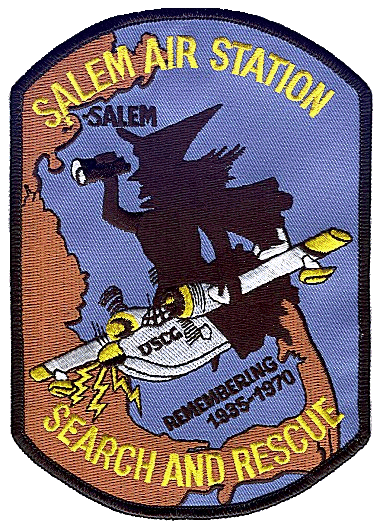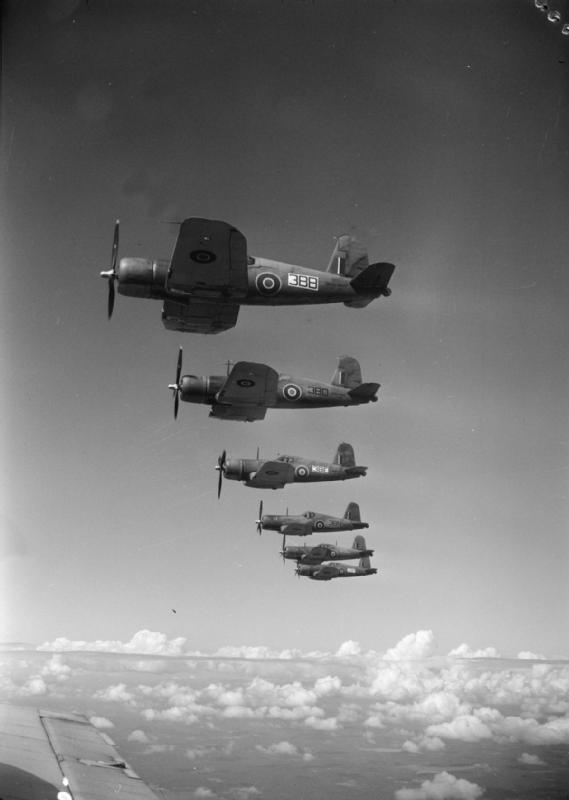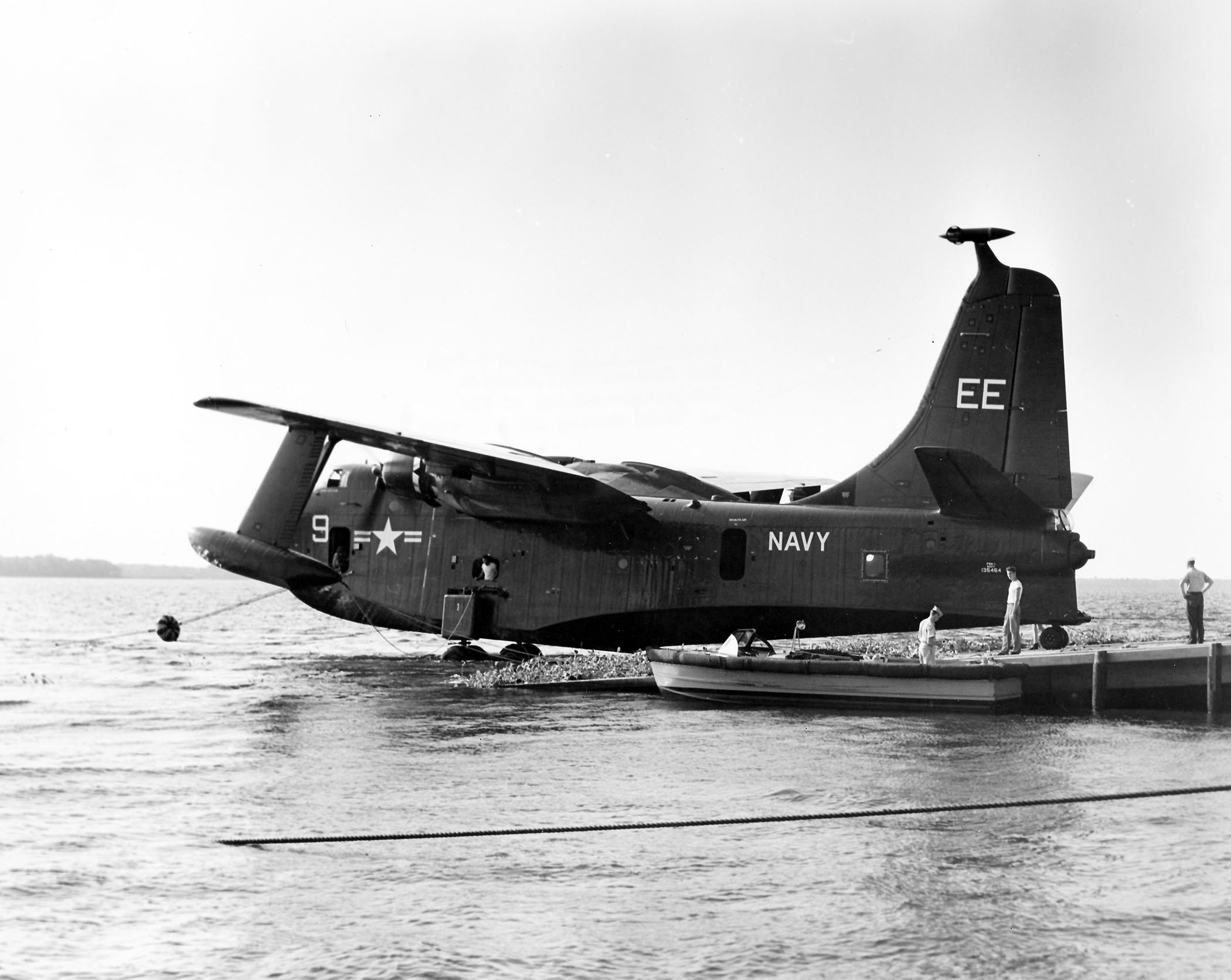|
Coast Guard Air Station Salem
Coast Guard Air Station Salem was a United States Coast Guard air station located in Salem, Massachusetts from 1935 to 1970. Its area of coverage extended from New York City to the Canada–United States border. Mission The air station's missions included search and rescue, law enforcement, counting migratory waterfowl for the U.S. Biological Survey, and assisting icebound islands by delivering provisions. During World War II anti-submarine patrols were also conducted from the air station. History With little room to expand at Coast Guard Aviation Station Ten Pound Island in Gloucester, a new air station was established at Salem in 1935. CGAS Salem was built with a barracks, hangar, a radio shack, an apron, and a seaplane ramp; it never had facilities for fixed-wing landplanes. The station was built on Winter Island, on land adjacent to the War of 1812 vintage Fort Pickering, and on or near the site of the construction of the sail frigate by one of Enos Briggs' shipyards in ... [...More Info...] [...Related Items...] OR: [Wikipedia] [Google] [Baidu] |
Winter Island
Winter Island is an island connected by a causeway to Salem Neck in Salem, Massachusetts. It is about in size, and is bounded by Smith Pool to the northwest, Cat Cove to the west, Salem Channel to the south and east, and Juniper Cove to the north. The island has about a dozen residences at the north end and one road, Winter Island Road. The Plummer Home for Boys (now Plummer Youth Promise) sits on of land on the northeastern shore. The balance of the island is Winter Island Marine Park. The entire island was added to the National Register of Historic Places as Winter Island Historic District and Archeological District in 1994. Attractions Winter Island Marine Park is located on the former site of the Coast Guard Air Station Salem. It's a marine recreational park open to the public. The park takes up the southern portion of the peninsula. The main attractions of the park are the historic Fort Pickering, the Fort Pickering Lighthouse, Salem Harbor, a boat launching ramp, and ... [...More Info...] [...Related Items...] OR: [Wikipedia] [Google] [Baidu] |
Fort Pickering
Fort Pickering is a 17th-century historic fort site on Winter Island in Salem, Massachusetts. Fort Pickering operated as a strategic coastal defense and military barracks for Salem Harbor during a variety of periods, serving as a fortification from the Anglo-Dutch Wars through World War II. Construction of the original fort began in 1643 and it saw use as a military installation into the 20th century. Fort Miller (Fort Darby prior to the Civil War) in Marblehead also defended Salem's harbor from the 1630s through the American Civil War. Fort Pickering is a First System fortification named for Colonel Timothy Pickering, born in Salem, adjutant general of the Continental Army and secretary of war in 1795.Roberts, pp. 407–408 Today, the remains of the fort are open to the public as part of the Winter Island Maritime Park, operated by the City of Salem. 17th century Winter Island at the time of English settlement in the early 17th century was an island separated from the ma ... [...More Info...] [...Related Items...] OR: [Wikipedia] [Google] [Baidu] |
Curtiss SOC Seagull
The Curtiss SOC Seagull was an American single-engined scout observation seaplane, designed by Alexander Solla of the Curtiss-Wright Corporation for the United States Navy. The aircraft served on battleships and cruisers in a seaplane configuration, being launched by catapult and recovered from a sea landing. The wings folded back against the fuselage for storage aboard ship. When based ashore or on carriers the single float was replaced by fixed wheeled landing gear. Curtiss delivered 258 SOC aircraft, in versions SOC-1 through SOC-4, beginning in 1935. The SOC-3 design was the basis of the Naval Aircraft Factory SON-1 variant, of which the NAF delivered 64 aircraft from 1940. Design and development The SOC was ordered for production by the United States Navy in 1933 and first entered service in 1935. The first order was for 135 SOC-1 models, which was followed by 40 SOC-2 models for landing operations and 83 SOC-3s. A variant of the SOC-3 was built by the Naval Aircraft Fac ... [...More Info...] [...Related Items...] OR: [Wikipedia] [Google] [Baidu] |
Grumman G-44 Widgeon
The Grumman G-44 Widgeon is a small, five-person, twin-engined, amphibious aircraft. It was designated J4F by the United States Navy and Coast Guard and OA-14 by the United States Army Air Corps and United States Army Air Forces. Design and development The Widgeon was originally designed for the civil market. It is smaller, but otherwise similar to Grumman's earlier G-21 Goose, and was produced from 1941 to 1955. The aircraft was used during World War II as a small patrol and utility machine by the US Navy, US Coast Guard, and Royal Navy's Fleet Air Arm. The first prototype flew in 1940, and the first production aircraft went to the US Navy as an antisubmarine aircraft. In total, 276 were built by Grumman, including 176 for the military. During World War II, they served with the US Navy, Coast Guard, Civil Air Patrol, and Army Air Force, as well as with the British Royal Navy, which gave it the service name Gosling. Operational history United States Coast Guard On August 1, 1 ... [...More Info...] [...Related Items...] OR: [Wikipedia] [Google] [Baidu] |
General Aviation PJ
The General Aviation PJ was a flying boat produced in the United States in the 1930s as a search-and-rescue aircraft for the Coast Guard. Design Originally designated FLB (for "Flying Life Boat"), it was a conventional high-wing cantilever monoplane with a flying boat hull and outrigger pontoons mounted on the wings slightly outboard of mid-span. The twin pusher engines were carried in separate nacelles on pylons above the wings. The hull was a monocoque metal structure, and the wing was a wooden structure skinned with plywood. The basic design was based on that of the Fokker F.11, but substantially enlarged (Fokker's American operation was renamed General Aviation after purchase by General Motors in 1930). While not a true amphibian and able to land on dry land, the PJ was equipped with retractable undercarriage that functioned as its own, self-carrying beaching trolley. Five examples were operated by the US Coast Guard during the 1930s, named ''Antares'', ''Altair'', ''A ... [...More Info...] [...Related Items...] OR: [Wikipedia] [Google] [Baidu] |
Vought UO
Vought was the name of several related American aerospace firms. These have included, in the past, Lewis and Vought Corporation, Chance Vought, Vought-Sikorsky, LTV Aerospace (part of Ling-Temco-Vought), Vought Aircraft Companies, and Vought Aircraft Industries. The first incarnation of Vought was established by Chance M. Vought and Birdseye Lewis in 1917. In 1928, it was acquired by United Aircraft and Transport Corporation, which a few years later became United Aircraft Corporation; this was the first of many reorganizations and buyouts. During the 1920s and 1930s, Vought Aircraft and Chance Vought specialized in carrier-based aircraft for the United States Navy, by far its biggest customer. Chance Vought produced thousands of planes during World War II, including the F4U Corsair. Vought became independent again in 1954, and was purchased by Ling-Temco-Vought (LTV) in 1961. The company designed and produced a variety of planes and missiles throughout the Cold War. Voug ... [...More Info...] [...Related Items...] OR: [Wikipedia] [Google] [Baidu] |
Helicopter
A helicopter is a type of rotorcraft in which lift and thrust are supplied by horizontally spinning rotors. This allows the helicopter to take off and land vertically, to hover, and to fly forward, backward and laterally. These attributes allow helicopters to be used in congested or isolated areas where fixed-wing aircraft and many forms of STOL (Short TakeOff and Landing) or STOVL (Short TakeOff and Vertical Landing) aircraft cannot perform without a runway. In 1942, the Sikorsky R-4 became the first helicopter to reach full-scale production.Munson 1968.Hirschberg, Michael J. and David K. Dailey"Sikorsky". ''US and Russian Helicopter Development in the 20th Century'', American Helicopter Society, International. 7 July 2000. Although most earlier designs used more than one main rotor, the configuration of a single main rotor accompanied by a vertical anti-torque tail rotor (i.e. unicopter, not to be confused with the single-blade monocopter) has become the most ... [...More Info...] [...Related Items...] OR: [Wikipedia] [Google] [Baidu] |
Coast Guard Air Station Cape Cod
Coast Guard Air Station Cape Cod is a United States Coast Guard air station located on Joint Base Cape Cod in Sandwich, Massachusetts. It operates from New York City to the Canada–US border. It was founded in 1970 as a replacement to Coast Guard Air Station Salem. Missions The missions of CGAS Cape Cod include search and rescue (SAR), maritime law enforcement, International Ice Patrol, aids to navigation support (such as operating lighthouses), and marine environmental protection (such as responding to oil spills). Currently, CGAS Cape Cod maintains and operates the HC-144 Ocean Sentry aircraft, along with HH-60 Jayhawk helicopters. History Beginnings In the 1950s, helicopters began to be incorporated into the Coast Guard. One such helicopter, the H-25A Army Mule was built with amphibious capabilities. Float planes were no longer needed because of this development. Therefore, places like Coast Guard Air Station Salem were slowly being phased out. In the 1960s, the Coast Gua ... [...More Info...] [...Related Items...] OR: [Wikipedia] [Google] [Baidu] |
P5M Marlin
The Martin P5M Marlin (P-5 Marlin after 1962), built by the Glenn L. Martin Company of Middle River, Maryland, was a twin piston-engined flying boat that entered service in 1951, and served into the late 1960s with the United States Navy performing naval patrols. It also served with the United States Coast Guard and the French Navy. 285 were produced. Development Built as a successor to the PBM Mariner, it had better engines, an improved hull, and a single vertical fin tail. The XP5M Marlin prototypes were based on the last PBM-5 Mariners, the company designation being Model 237. The type was heavily improved, again leading to the P5M-2 (Model 237B), which was redesignated SP-5B. A number of P5M-1 models were also used for training, designated TP-5A (after 1962). Design The Marlin was designed as a gull-winged aircraft to place the engines and propellers high above the spray. Power was provided by two Wright R-3350 radial engines. The rear hull did not lift sharply from t ... [...More Info...] [...Related Items...] OR: [Wikipedia] [Google] [Baidu] |
Amphibious Helicopter
An amphibious helicopter is a helicopter that is intended to land on and take off from both land and water. Amphibious helicopters are used for a variety of specialized purposes including air-sea rescue, marine salvage and oceanography, in addition to other tasks that can be accomplished with any non-amphibious helicopter. An amphibious helicopter can be designed with a waterproof or water-resistant hull like a flying boat or it can be fitted with utility floats in the same manner as a floatplane. Development Helicopters have taken a primary role in air-sea rescue since their introduction in the 1940s. Helicopters can fly in rougher weather than fixed-wing aircraft, and they can deliver injured passengers directly to hospitals or other emergency facilities. A practical amphibious helicopter first appeared in 1941 and the water-landing feature soon proved its worth. Non-amphibious helicopters were required to hover above the scene of a water accident and utilize a hoist but amphi ... [...More Info...] [...Related Items...] OR: [Wikipedia] [Google] [Baidu] |
Sikorsky HH-52 Seaguard
The Sikorsky HH-52 Seaguard (company designation S-62) was an early amphibious helicopter designed and produced by the American helicopter manufacturer Sikorsky Aircraft. It was the first of the company's amphibious rotorcraft to fly. The S-62 was originally developed as a commercial venture during the late 1950s. It combined the dynamic elements of the Sikorsky S-55 with a boat hull-shaped fuselage and a single lightweight turboshaft engine. The prototype S-62 conducted its maiden flight on 22 May 1958, powered by a single General Electric T58-GE-6 turboshaft engine. It underwent evaluation at the Naval Air Test Center in Patuxent River, Maryland, at Sikorsky's own expense as part of its effort to promote the S-62 to the United States Coast Guard (USCG). The USCG would procure 99 S-62s, which it initially designated as the ''HU2S-1G Seaguard'', and later re-designated as the ''HH-52A Seaguard''. It was primarily operated by the USCG for air-sea rescue missions. Various other ... [...More Info...] [...Related Items...] OR: [Wikipedia] [Google] [Baidu] |
NAS Quonset Point
Quonset Point Air National Guard Station is the home base of the Rhode Island Air National Guard 143d Airlift Wing. Naval Air Station (NAS) Quonset Point was a United States Naval Base in Quonset Point, Rhode Island that was deactivated in 1974. Next to NAS Quonset Point was Camp Endicott at Davisville, home of the Naval Construction Battalions known as the Seabees. Quonset Point also gave its name to the Quonset hut, a standardized temporary structure used by the U.S. military starting in World War II. Former US President Richard M. Nixon went through basic naval officer training at Quonset Point in 1942. History U.S. Navy use Commissioned on 12 July 1941, and encompassing what was once Camp Dyer, NAS Quonset Point was a major naval facility throughout World War II. Beginning in 1943, pilots of the Royal Navy's Fleet Air Arm were trained at Quonset Point to fly the Vought F4U Corsair, which was then brought into service on British carriers. Squadrons such as VS-33 flew anti ... [...More Info...] [...Related Items...] OR: [Wikipedia] [Google] [Baidu] |









